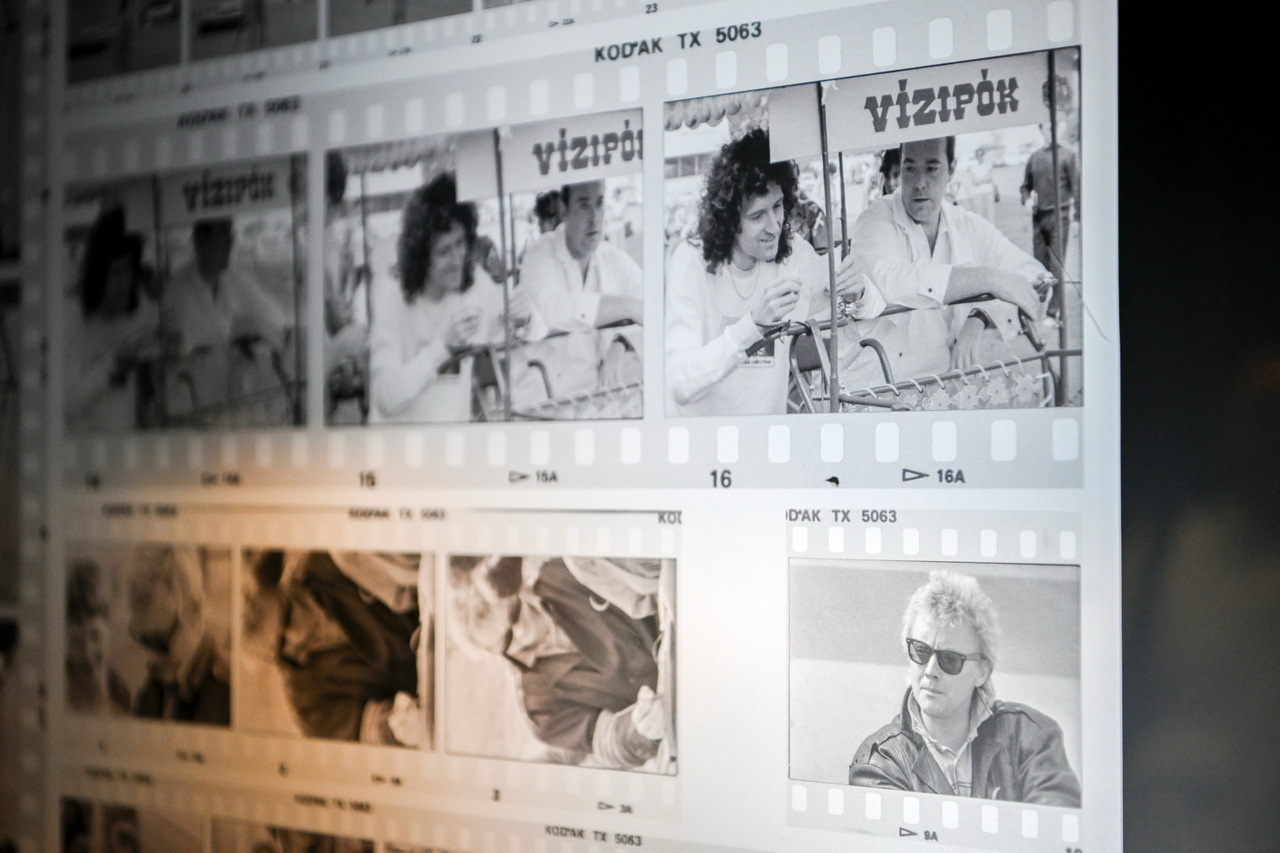Coronary artery diseases may be preventable, says Semmelweis University

The research published in the journal Circulation: Cardiovascular Imaging studied 98 twin couples aged between 45 and 65 years old – 120 identical (monozygotic) twins and 76 dizygotic (same-gender) twins.Each twin was asked to complete a detailed questionnaire about their upbringing, family background and lifestyle – answering questions such as where they grew up, what their diet was like in their childhood, if their parents had any illnesses and if they smoke or exercise regularly. Scientists then conducted heart CT scans on each twin to establish the build-up of plaques in their coronary arteries.The noncalcified plaques are more dangerous than the later-formed calcified ones because they are more likely to rupture – leading to acute coronary artery occlusion and heart attack.
The Semmelweis University research found that noncalcified plaque volume is primarily determined by environmental factors: common environmental factors (family and social background) had a 63% influence on their formation. These are the factors from a person’s upbringing and childhood environment.
Unique environmental factors (diet, smoking, sport) which are more associated with adult behaviour had a 37% effect on noncalcified plaque formation.
On the other hand, calcified plaques showed a relatively strong genetic influence: 58% of the coronary artery calcification score and 78% of the calcified plaque volumes were determined genetically.
During the study the researchers came across a few other interesting facts. For example, both members of an identical twin couple, who were separated as children and then only met again 47 years later, had a heart attack at a similar age, only one year apart from each other.
Pál Maurovich Horvat MD, MPH, DSc, the Director of the Medical Imaging Centre at the Budapest Semmelweis University and the principal investigator of the Twin Study said:
„It has been known from previous studies that genetics has a strong influence on the formation of calcified plaques but there has been much less data about the heritability of noncalcified plaque volume. The aim of our research was to evaluate the role of genetics versus common and unique environmental factors in the development of calcified and noncalcified plaques by using coronary computed tomography angiography in adult twin pairs without known coronary artery disease.”
Zsófia Drobni MD, PhD, the first author of the study emphasised:
„There are two main types of plaques in coronary artery diseases: noncalcified (soft/fatty) plaques which usually develop in the early phase of coronary atherosclerosis and later these can develop into calcified, hard plaques.”
Ádám Domonkos Tárnoki MD, PhD, radiologist, associate professor who took part in the project with his twin brother as a researcher added:
“The soft/fatty plaques are more dangerous as they can rupture more easily leading to acute coronary occlusion and heart attacks. The calcified plaques, although they can also cause stenosis in coronary arteries, are not so prone to cause acute cardiac events.”
Dávid László Tárnoki MD, PhD, radiologist, associate professor at the Medical Imaging Centre of the Budapest Semmelweis University highlighted:
Our results suggest that in the formation of noncalcified plaques the unique environmental factors and lifestyle have a major role – bigger than in the case of calcified plaques. Therefore, early lifestyle intervention can have a significant relevance in preventing coronary artery diseases.
The twin studies were conducted at the Heart and Vascular Centre of the Budapest Semmelweis University. Over the past few years, the research team published the results of several analyses in European and American scientific conferences and journals. The recent study, which has been published in one of the leading journals of the American Heart Association is unique internationally – as the researchers used coronary CT scans in twin pairs for the first time as part of a classical twin study which produced much more reliable results than the previously used analysis of medical records and clinical data.
The full study is available here.
Source: Heart and Vascular Centre of the Budapest Semmelweis University
















